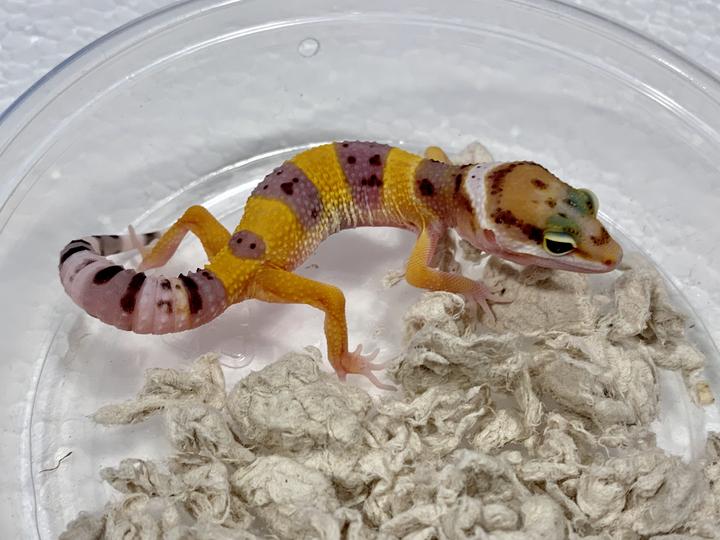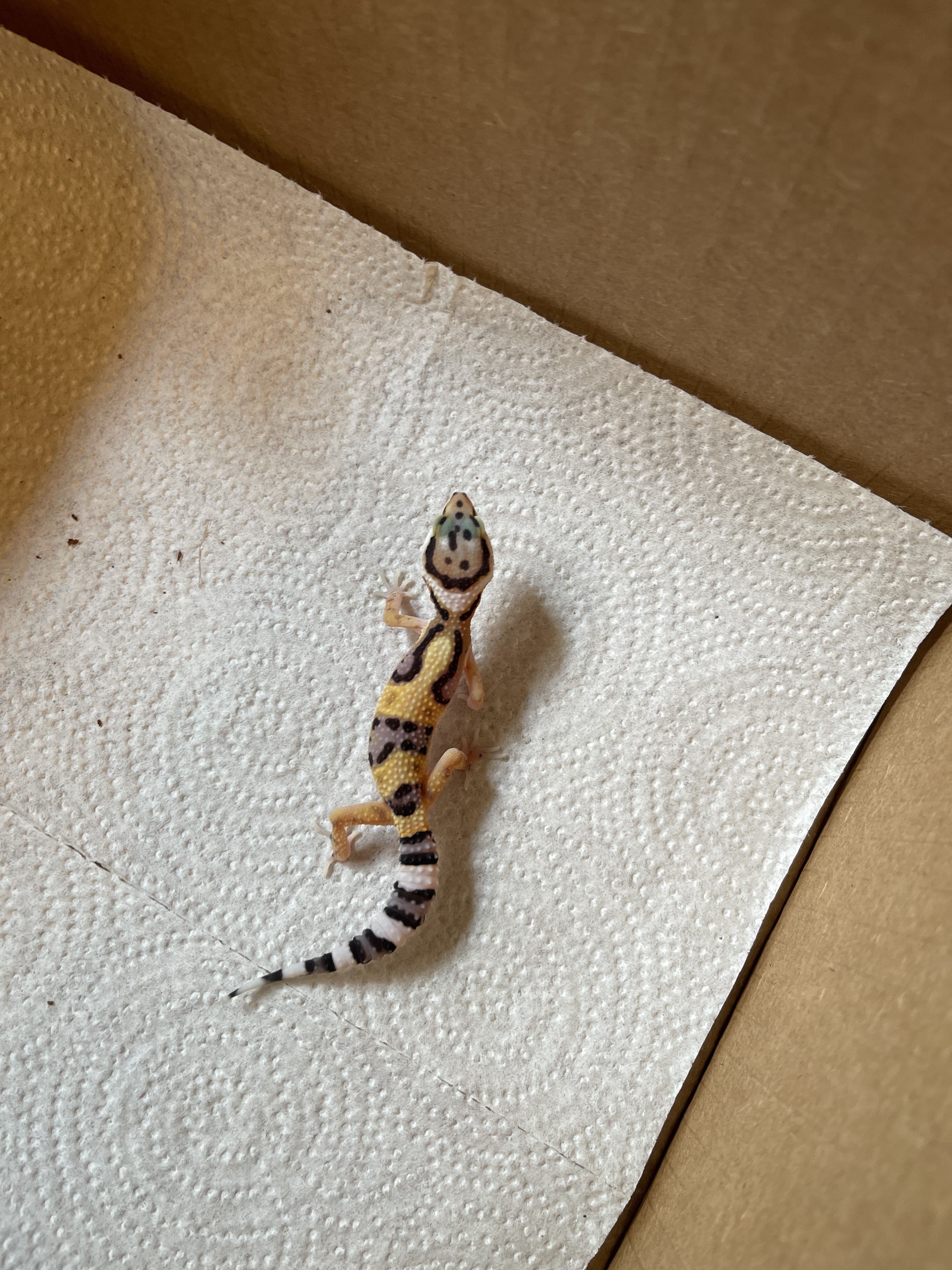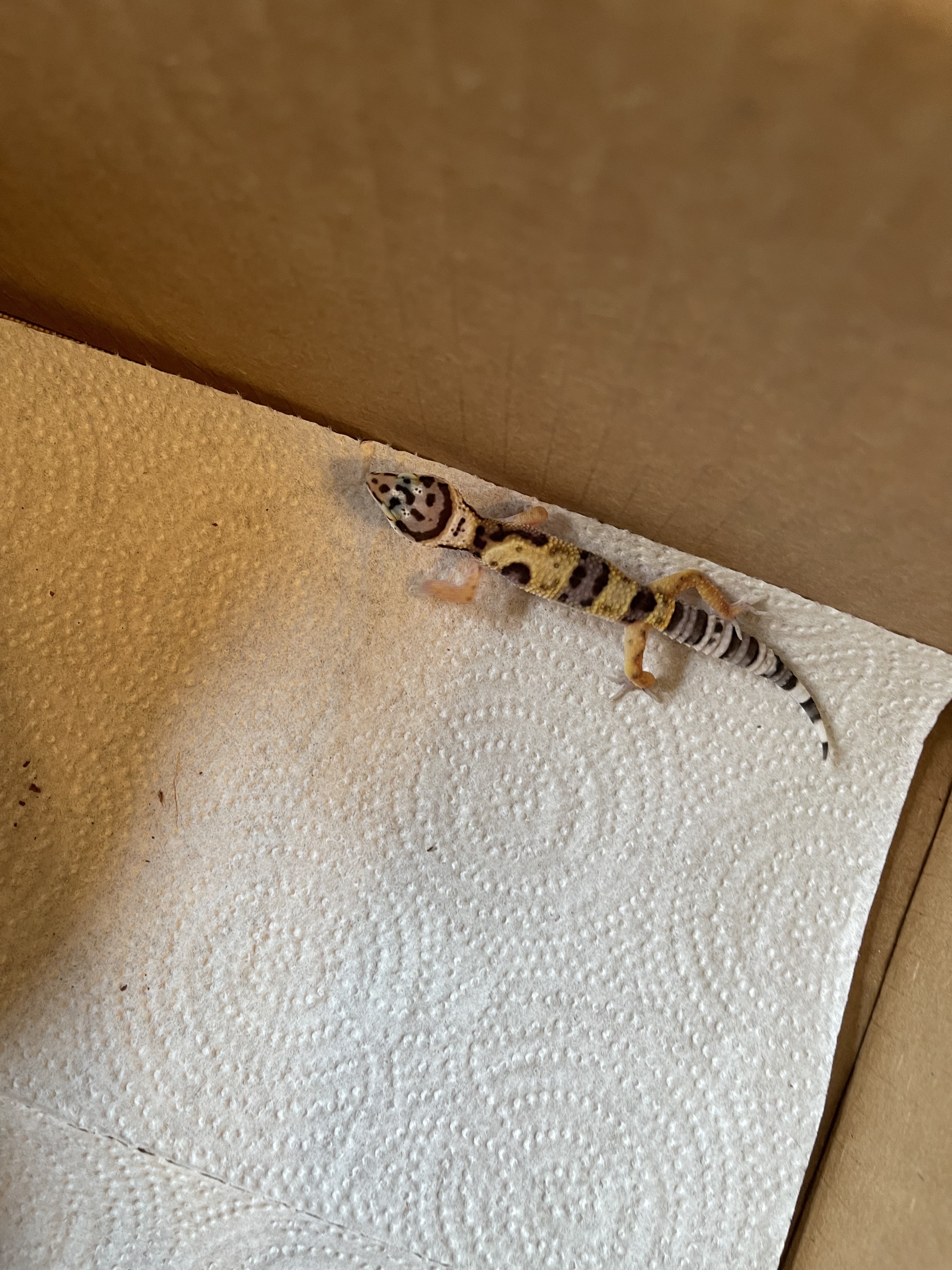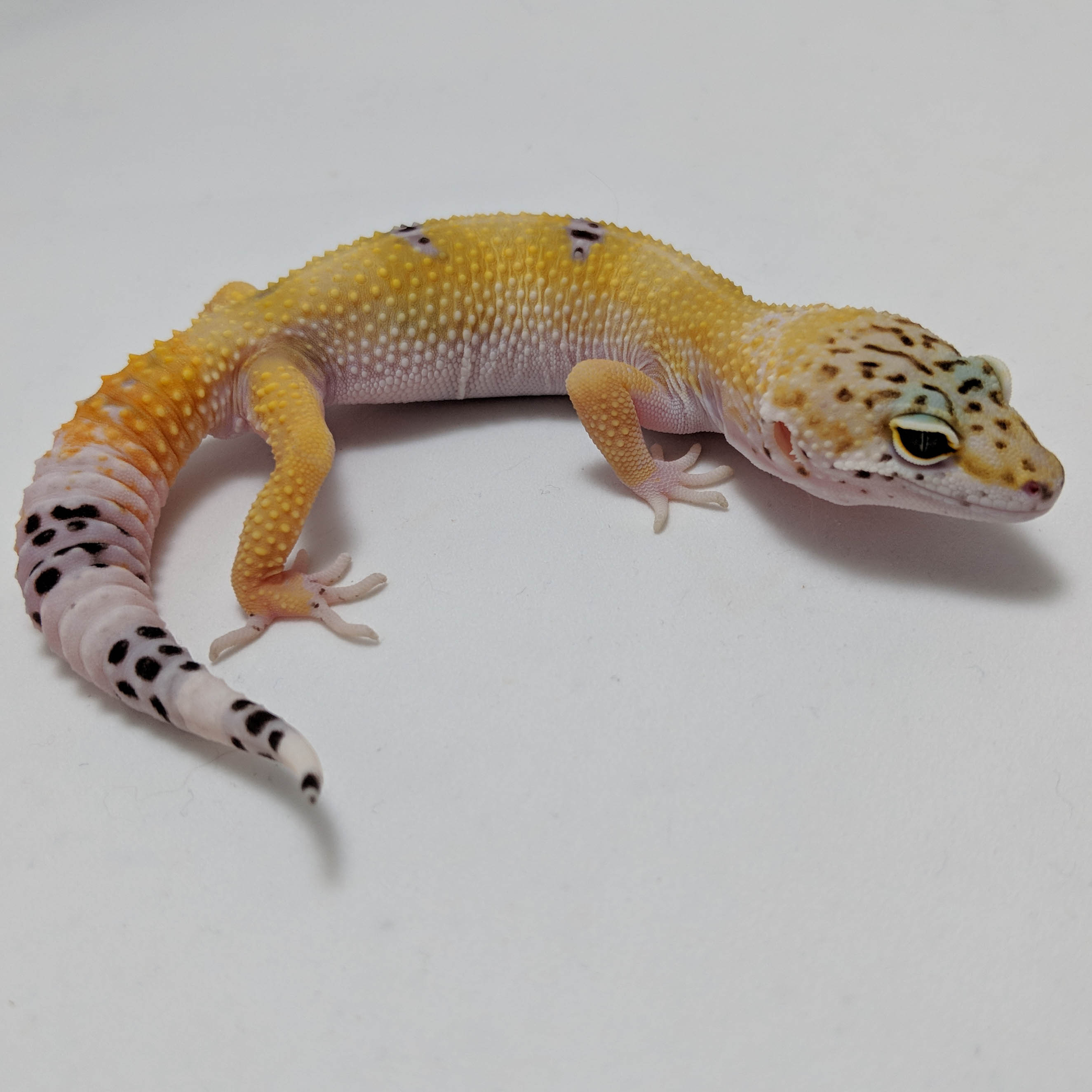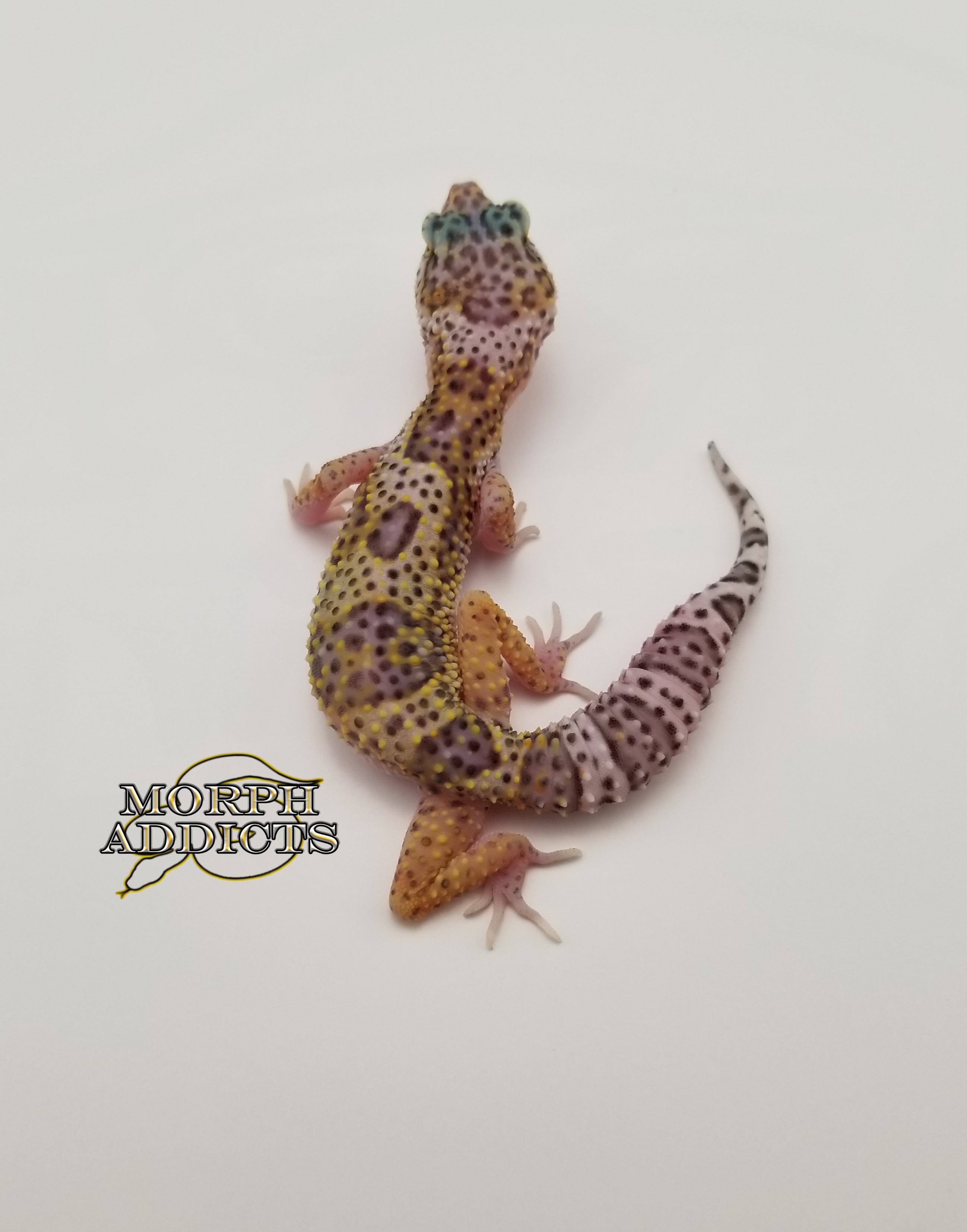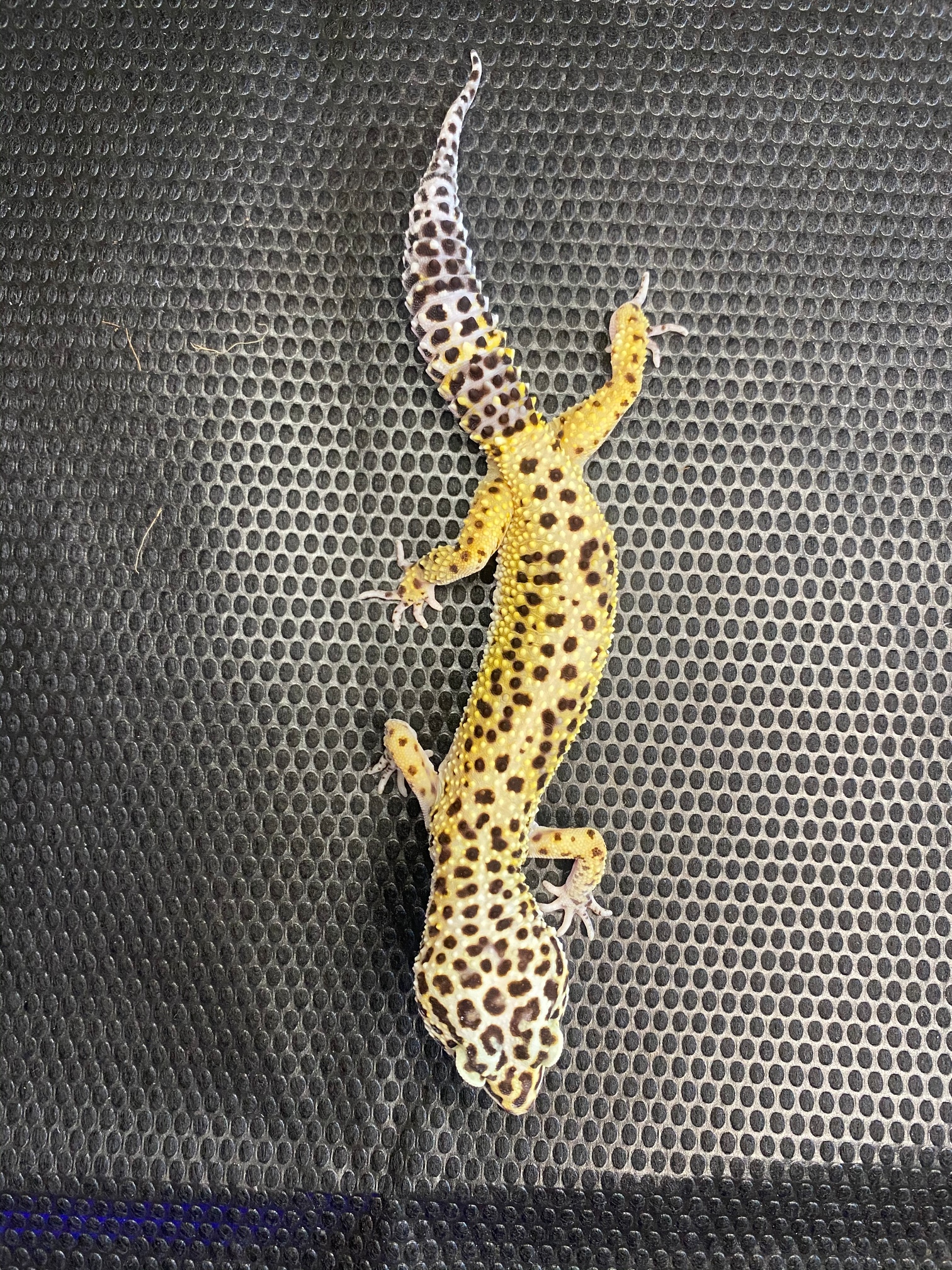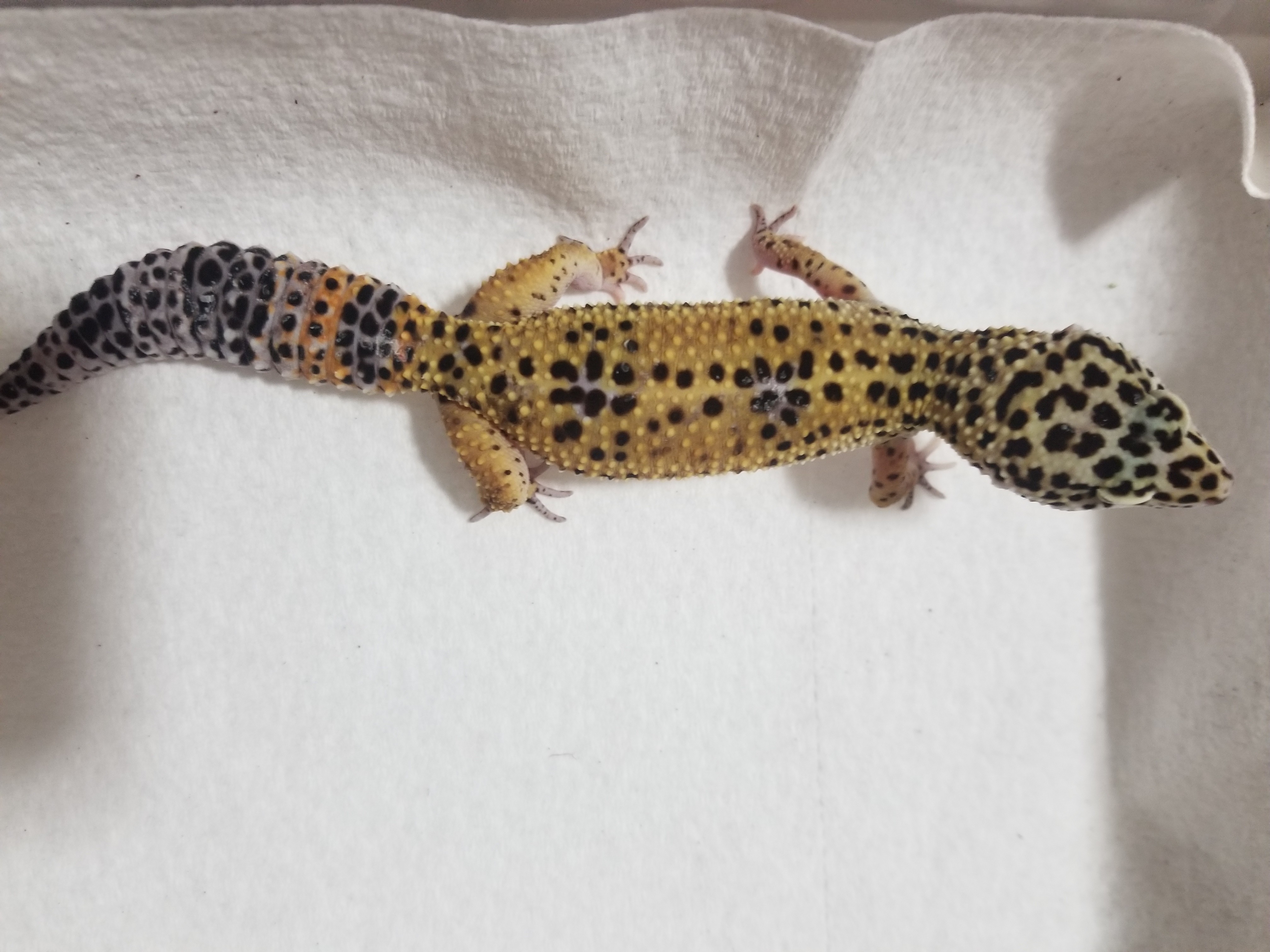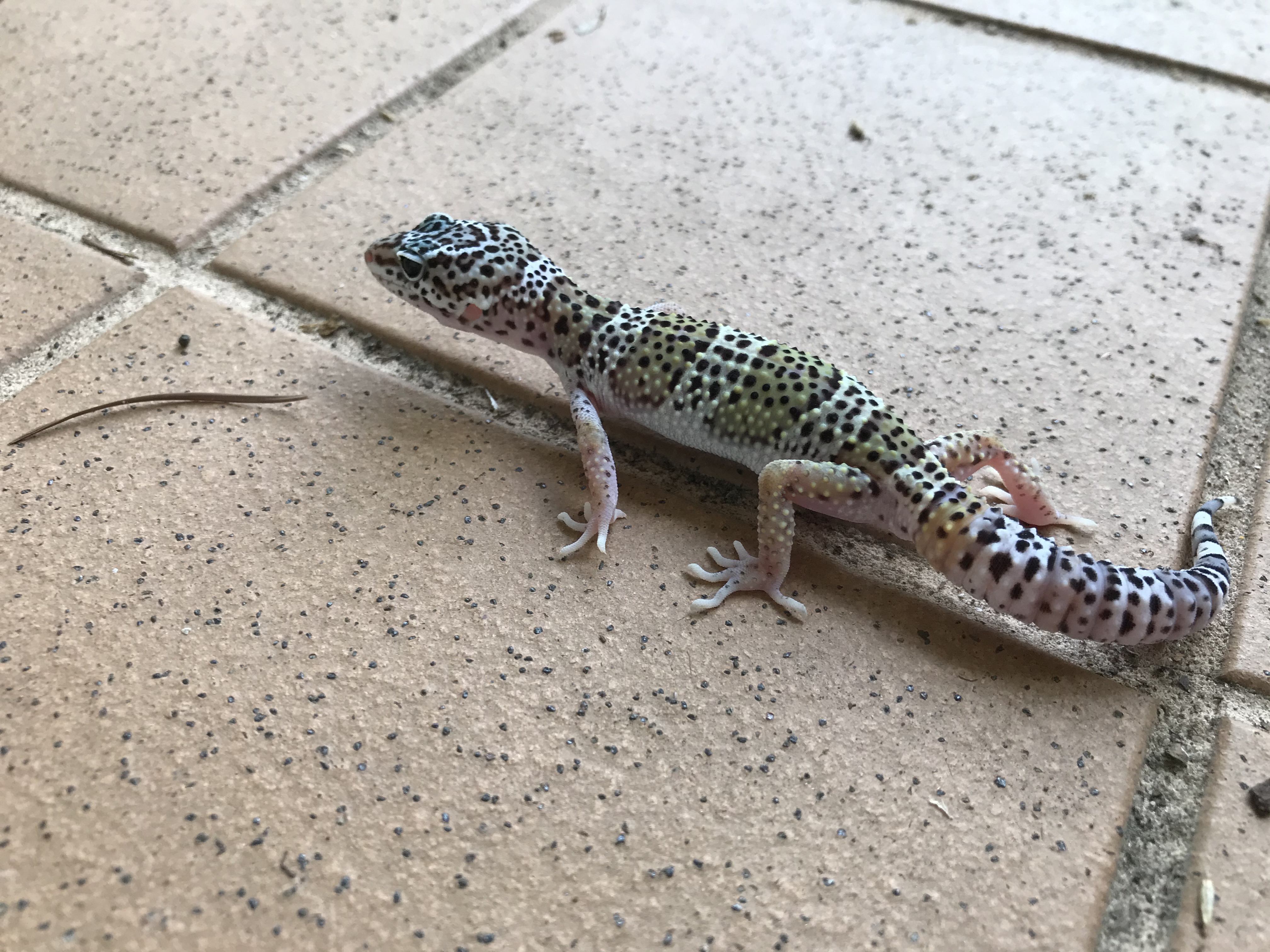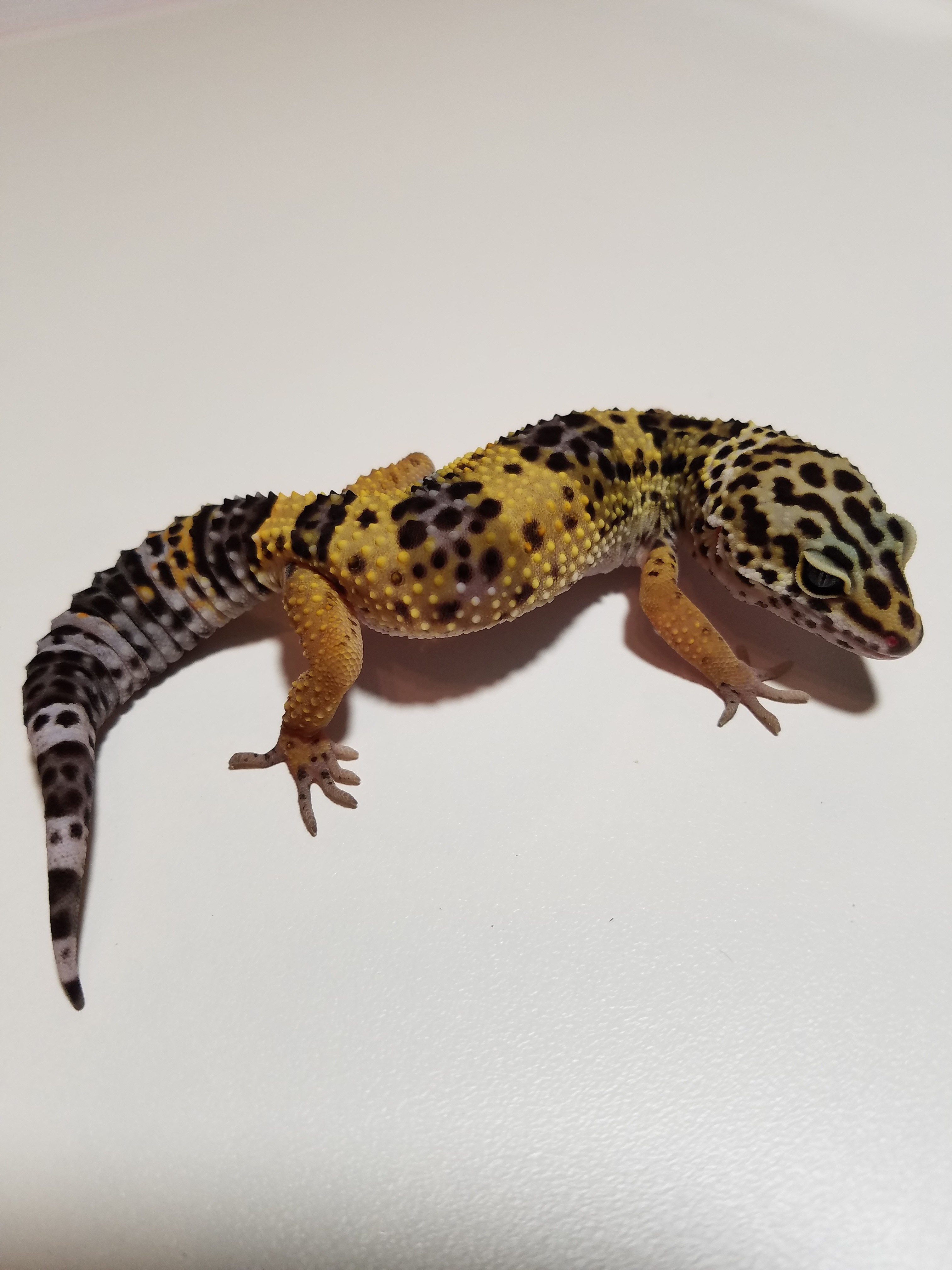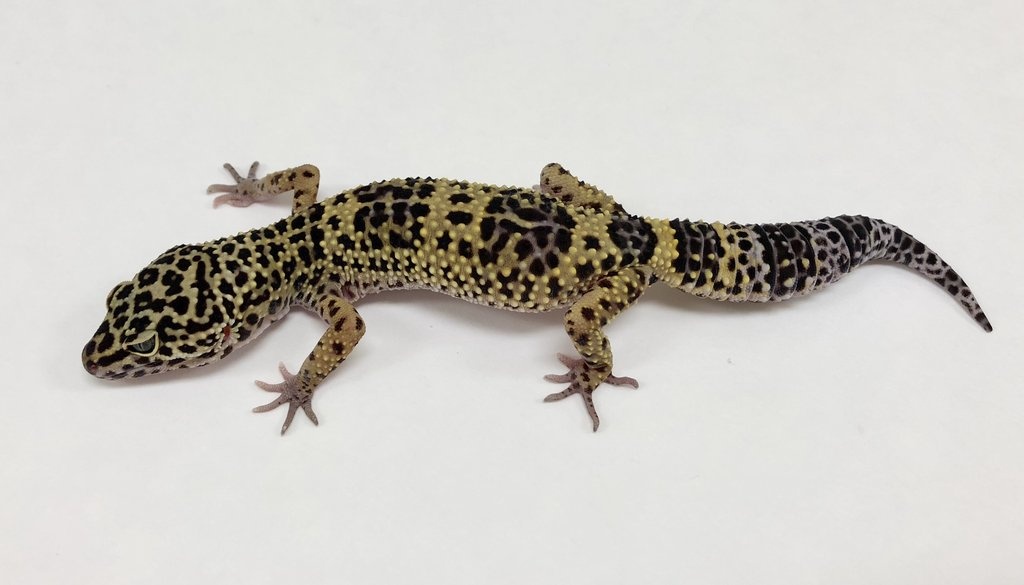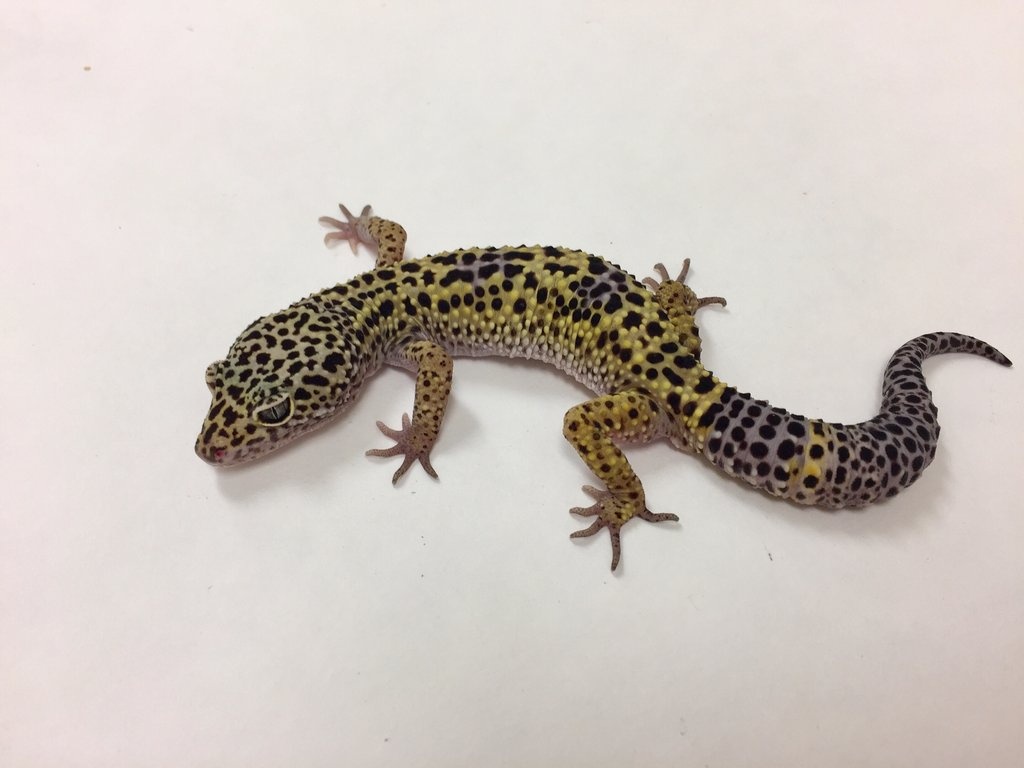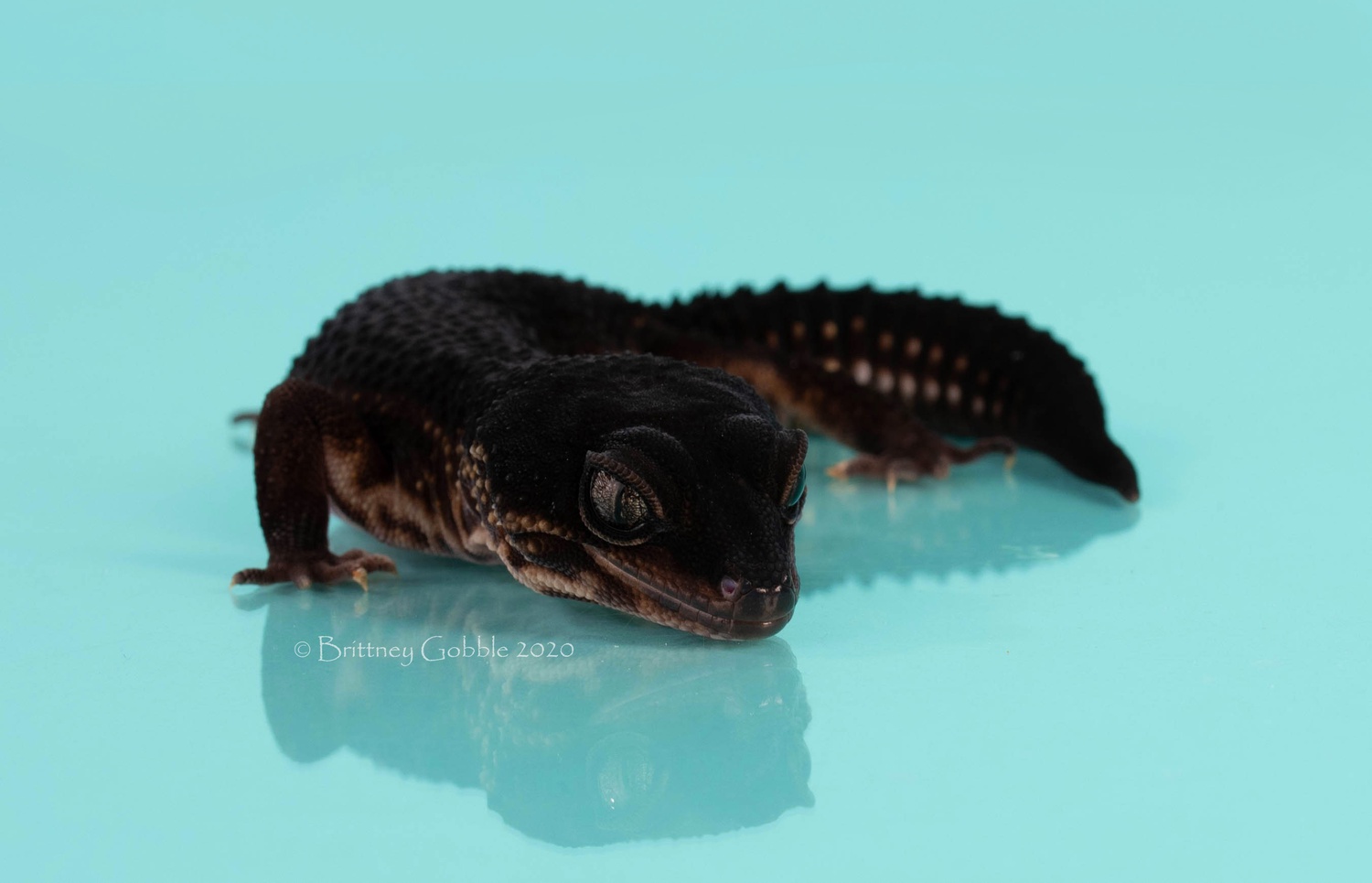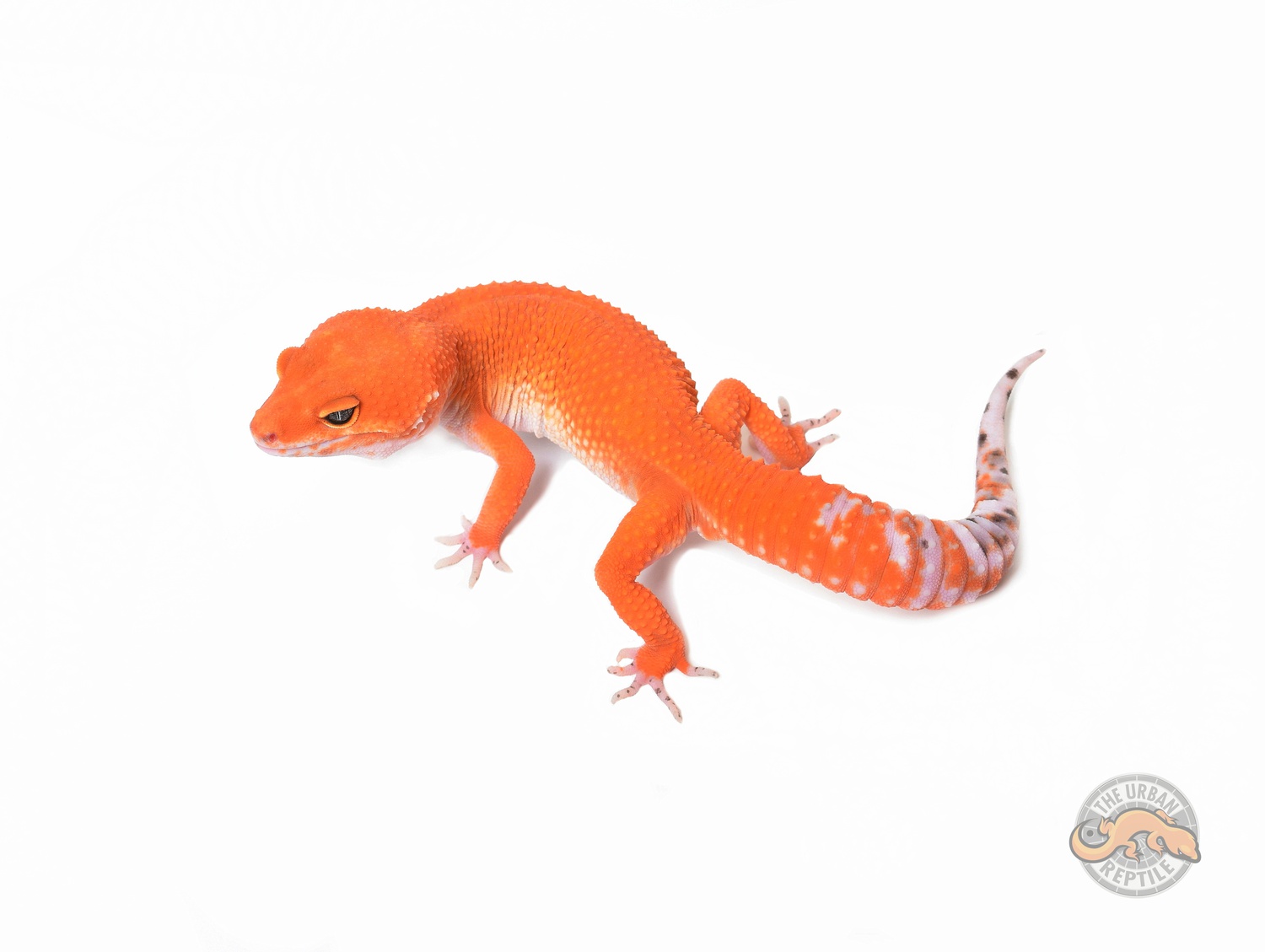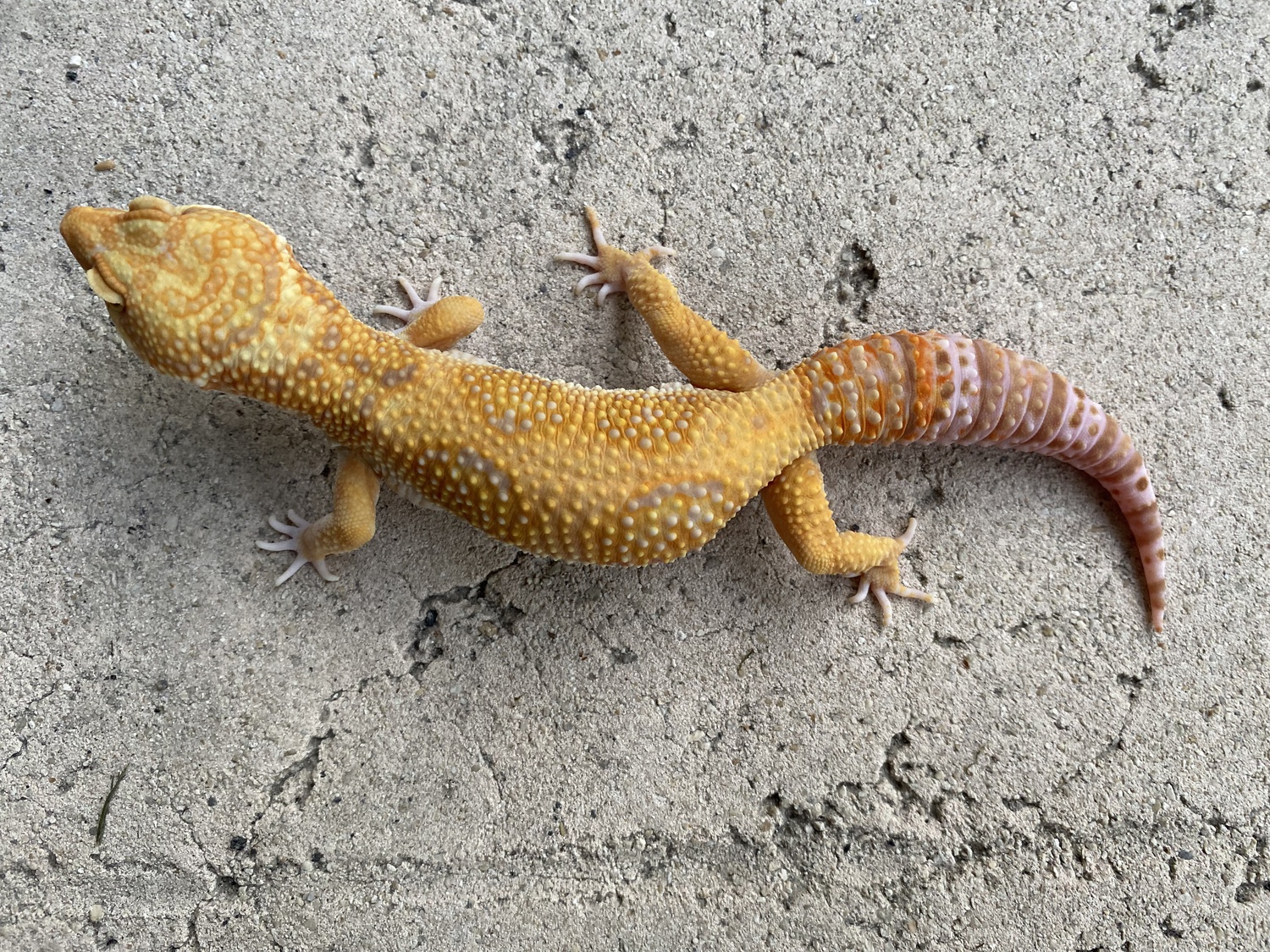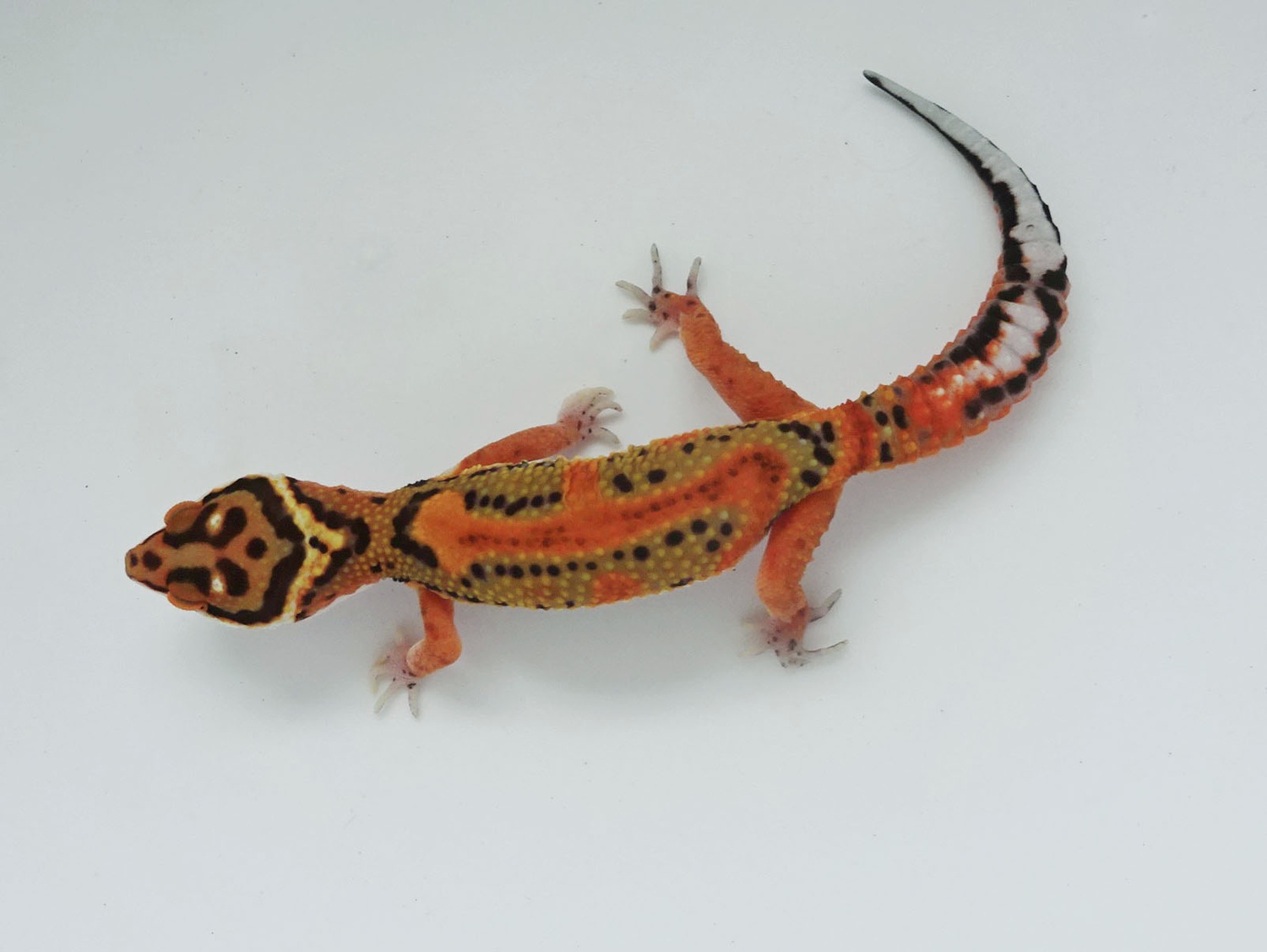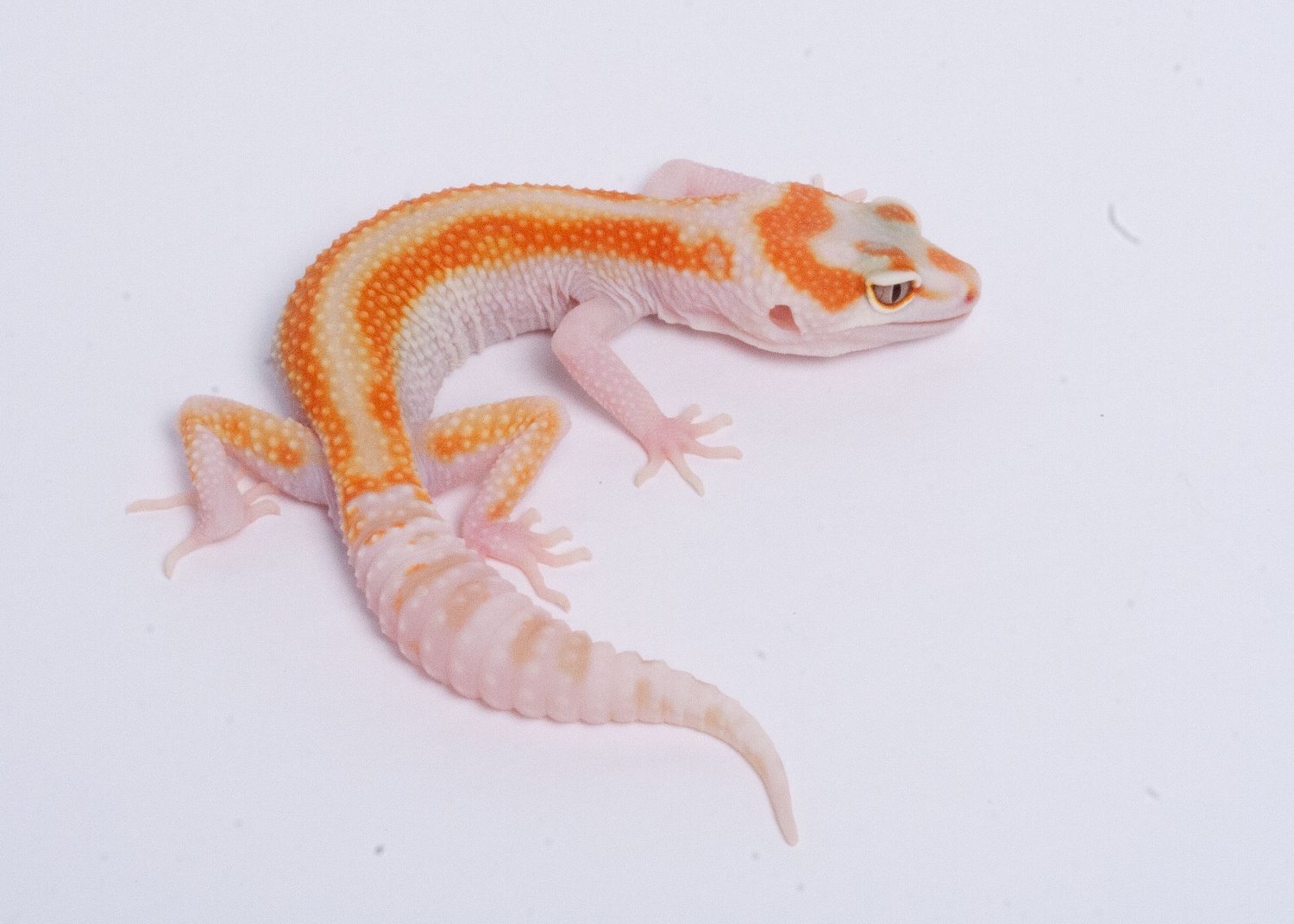Normal
Type: Other
Aliases: Wild, Classic, Banded
Issues: N/A
First Produced In: Unknown
Availability: Average
Last Updated: 2022-02-14
Do you have any suggestions or corrections for this article?
Click here to contribute feedback
About
History
No history yet
Appearance
Head
As babies the head is often a light brown/tan with little spots. There are often white markings right behind the head. As adults the head turns to a yellow or gray with many larger spots. Often the head will appear as blue or a different color above where the eyes are, especially as babies.
Body
The body is often yellow and gray banding with many, large spots. However, through selective breeding Normal Leopard Geckos often have a base color of yellow with fewer, smaller spots.
Tail
The tail has a base yellow color sometimes with gray perpendicular banding. The entire tail has spots on it similar to the body. Now, the typical Normal Leopard Gecko has a white tail with gray banding and sometimes orange at the tail tip.
Proven Lines
The Leopard Gecko ( Eublepharis macularius ) as taxonomists currently recognize it, consists of five subspecies found in Afghanistan, Pakistan, Western India (Rajasthan, Ajmer, Madar foothills), Iraq and Iran. They are:
- Eublepharis macularius fasciolatus GÜNTHER 1864
- Eublepharis macularius afghanicus BÖRNER 1976
- Eublepharis macularius macularius BLYTH 1854
- Eublepharis macularius montanus BÖRNER 1976
- Eublepharis macularius smithi BÖRNER 1981
Additionally, four closely related species are currently recognized. At least one of these was formerly included in the E. macularius complex and has undoubtedly contributed it’s unique genetic make-up to the mix currently kept in captivity as well. They are:
- Eublepharis angramainyu ANDERSON & LEVITON 1966
- Eublepharis fuscus BÖRNER 1981
- Eublepharis hardwickii GRAY 1827
- Eublepharis turcmenicus DAREVSKY 1977
What does all this mean? Well, it means that today’s pet Leopard Geckos are subject to an enormous amount of natural variation. In addition, several true genetic traits have been uncovered. These, combined with the natural variation, have led to the ‘naming’ of innumerable morphs. Many are nothing more than natural variation, and will not breed true when crossed to others with differing appearances. Others are a bit more complex and breed true, but with variation.
Line bred traits like tangerine originally were bred from normal leopard geckos. These morphs are no longer known as normal due to their very different colors and patterns that occurred through line breeding.
Related Traits
No known related traits.
